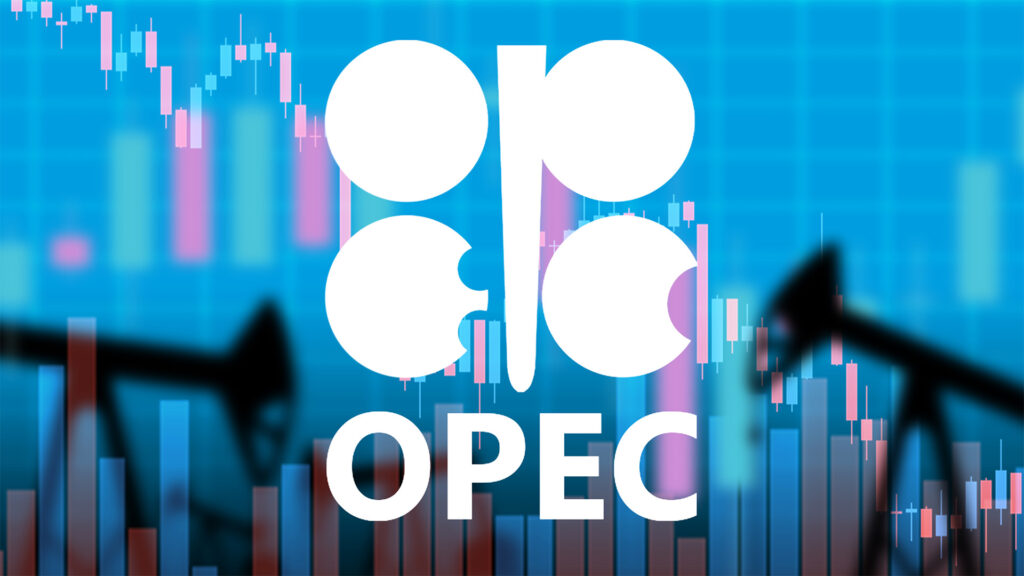Oil prices retained the bulk of a two-day surge, with global benchmark Brent briefly surpassing $82 a barrel, driven by heightened speculation that OPEC+ may consider further supply cuts at its upcoming meeting this weekend. This follows a more than 6 percent increase in prices over the previous two sessions, and West Texas Intermediate (WTI) remaining steady below $78 a barrel. These price movements reflect a market where many traders are betting that the producers’ group is poised to amplify output curbs in an effort to counter the recent slide in prices.
Ahead of the highly anticipated cartel meeting, market participants will gain fresh insights into U.S. market conditions as official figures on crude and product stockpiles, as well as indicators of demand, are set to be released on Wednesday. Notably, nationwide crude inventories have been on the rise for the past four weeks, reaching their highest levels since August.
The oil market has experienced a rollercoaster ride during this quarter, with multiple factors contributing to its volatility. Initially, the outbreak of the conflict between Hamas and Israel rocked the market. However, the uncertainty regarding non-OPEC crude supplies has also played a significant role in buffeting oil prices. The increase in non-OPEC production has offset the impact of collective and voluntary reductions previously agreed upon by the Organization of the Petroleum Exporting Countries (OPEC) and its allies, including Russia.
The OPEC+ alliance, which has been carefully managing oil production levels to stabilise prices, faces a crucial juncture this weekend as it deliberates on the future of supply cuts. Market watchers and industry experts will be closely monitoring the outcome of the meeting, as any decision to deepen supply cuts or maintain the status quo could have substantial implications for global oil prices in the coming months.
In conclusion, the oil market remains in a state of flux, with traders eagerly awaiting the OPEC+ meeting’s outcome and closely scrutinising key market indicators for guidance on future price movements. The decision taken by OPEC+ members regarding supply cuts will undoubtedly play a pivotal role in shaping the trajectory of oil prices as we head towards the end of the year.

